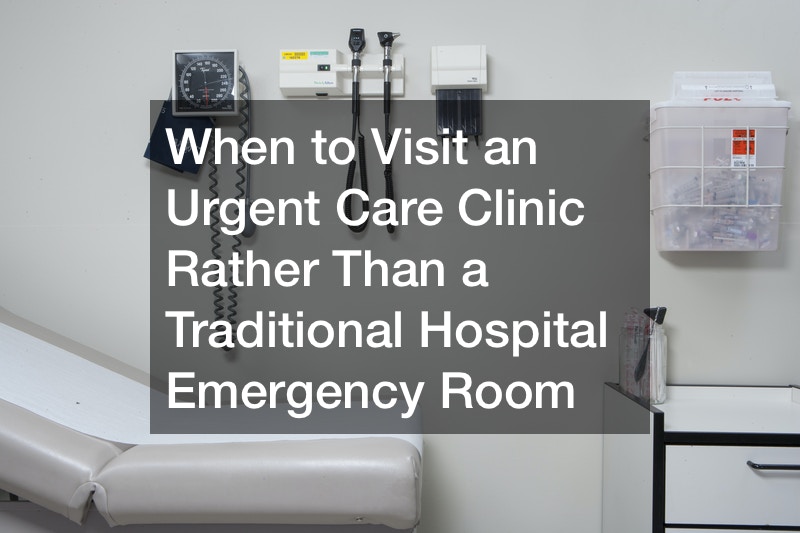When to Visit an Urgent Care Clinic Rather Than a Traditional Hospital Emergency Room
What can your nearest urgent care location do? Walk-in clinics are facilities that serve people without necessarily making appointments. The need for urgent care is growing, with many physicians majoring in the provision of...





